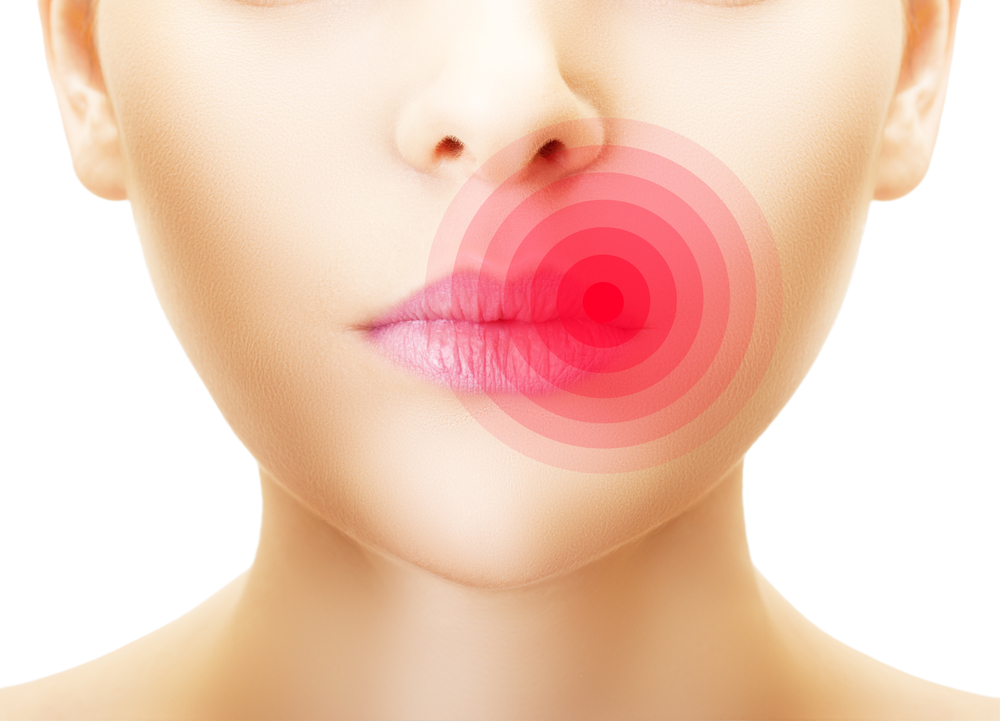Results from a Phase III trial conducted by the Radiation Therapy Oncology Group (RTOG 0537), recently published in the International Journal of Radiation Oncology, show that acupuncture-like, transcutaneous electrical nerve stimulation (ALTENS) is as effective as pilocarpine for radiation-induced xerostomia (dry mouth) treatment.
RTOG 0537 is a multi-center, randomized phase II/III trial which assessed the efficacy of ALTENS in comparison to pilocarpine. ALTENS is a technique able to treat symptoms through electrodes placed on the skin located at acupuncture points. These electrodes are designed to deliver high intensity and low-frequency pulses that stimulate acupuncture points to alleviate xerostomia.
A total of 148 patients from 13 cancer centers in Canada and the United States were enrolled in the study between August 2010 and December 2011. Three months to two years prior to enrollment patients underwent radiation therapy with or without chemotherapy.
Of the total 146 eligible patients, 73 were subject to randomization and received ALTENS, while the remaining 73 received pilocarpine. Patients who were in the ALTENS group had two, 20-minute sessions of ALTENS per week for a total of 12 weeks. Patients who were in the pilocarpine group had 5 mg of pilocarpine three times per day for a total of 12 weeks.
Researchers assessed patients’ xerostomia (dry mouth) at baseline and at 4, 6, 9 and 15 months with the University of Michigan’s Xerostomia-Related Quality of Life Scale (XeQOLS), a patient-reported, 15-item scale that assesses pain/discomfort, social, physical, and personal/psychological functioning. Results showed that patients total scores ranged from zero to four.
At 9 months, results revealed that 96 patients from both study groups were included in the analysis of the scale. The results also showed that the mean baseline XeQOLS score of the ALTENS group was lower in comparison with the pilocarpine group (1.5 versus 1.7), showing higher quality of life for those patients in the ALTENS group.
“Radiation-induced xerostomia is a challenging side-effect to treat because it makes it difficult and sometime painful for patients to swallow food, thereby affecting their nutrition and physical well-being. Oral pilocarpine and similar medications are not well tolerated by patients due to various side effects including sweating, diarrhea, frequent urination and dizziness. Multiple previous studies using needle acupuncture supported the potential for acupuncture approaches in treating xerostomia symptoms, so RTOG 0537 was developed to specifically explore those findings,” said in a recent news release Raimond K.W. Wong, MBBS, study’s lead author, and a radiation oncologist and associate professor in the Department of Oncology at McMaster University in Hamilton, Ontario. “These phase III results of RTOG 0537 indicate that ALTENS, a needle-less acupuncture approach, could provide an alternative treatment option that has fewer side effects and, in turn, helps improve quality of life for patients with radiation-induced xerostomia. Some patients in the ALTENS group demonstrated lasting response and indicated the possibility to induce salivary gland tissue regeneration. Randomized, controlled, placebo trials are necessary to confirm ALTENS’ treatment efficacy for painful, radiation-induced dry mouth, a debilitating condition for many patients,” he added.


